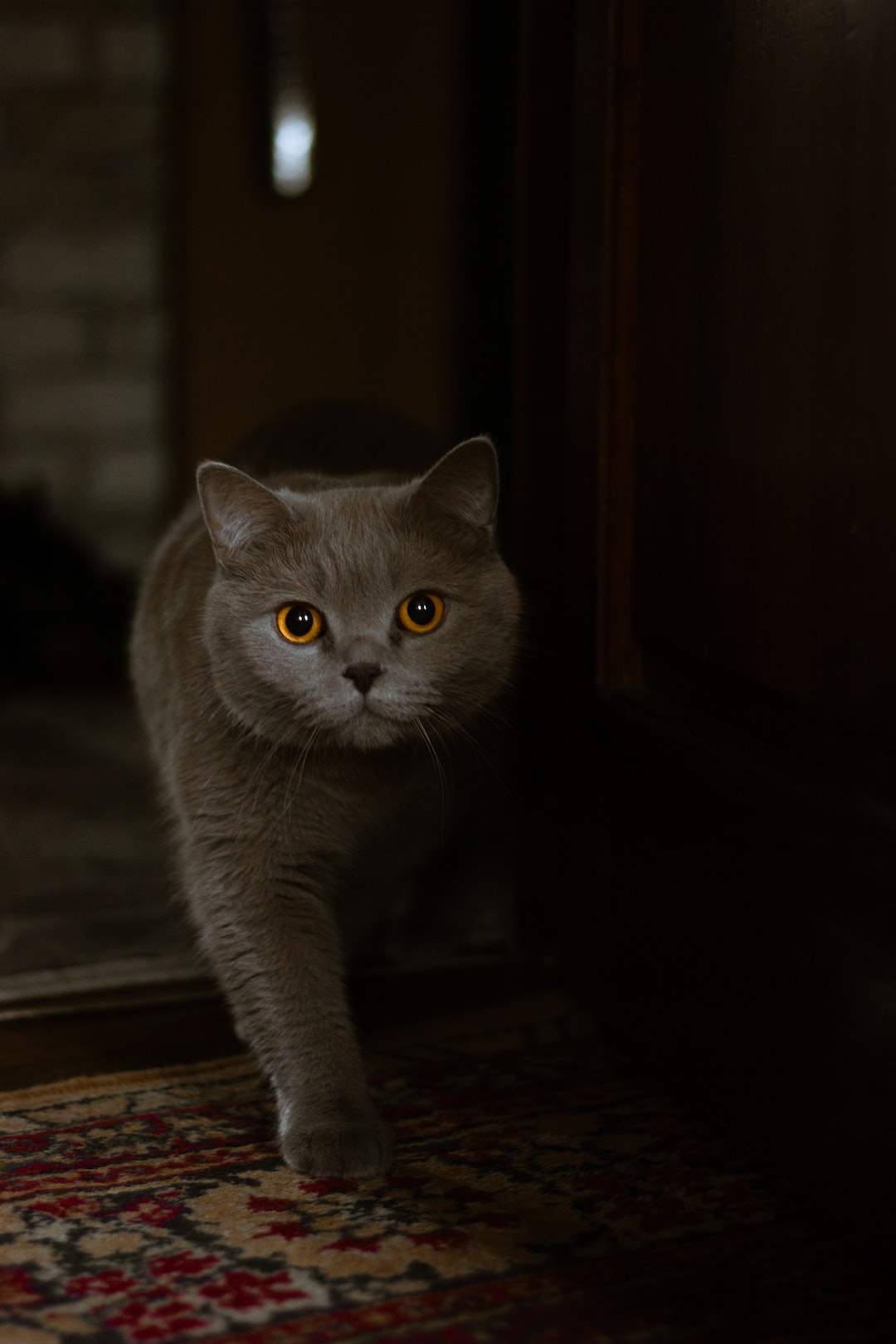Pet-Proofing Your Home: Ensuring a Safe Environment
Pets bring immense joy and love to our lives. They become an integral part of our families, bringing happiness and companionship. However, just like with children, it’s crucial to ensure that your home is pet-proofed to provide a safe environment for them. Pet-proofing your home not only prevents accidents and injuries but also creates a stress-free environment for both you and your furry friend. In this blog post, we will explore some essential tips to help you create a safe haven for your beloved pets.
1. Remove Toxic Household Items: Dogs and cats are naturally curious creatures and may explore every nook and cranny of your home. Therefore, it’s crucial to remove or store toxic household items out of their reach. Items such as cleaning products, medications, pesticides, and certain houseplants can be harmful if ingested by pets. Store them in cabinets or high shelves to prevent accidental exposure.
2. Secure Trash Cans: Trash cans can contain hazardous materials, such as spoiled food, sharp objects, and chemicals. Invest in pet-proof trash cans with secure lids or keep them in a closed cabinet. This will prevent your pet from rummaging through the trash and potentially ingesting something harmful.
3. Use Pet-Friendly Cleaning Products: When cleaning your home, choose pet-friendly cleaning products that are non-toxic and won’t harm your furry friends if accidentally ingested. Some common household cleaners contain chemicals that can be harmful to pets, causing skin irritations, respiratory issues, or even poisoning. Opt for natural, pet-friendly alternatives to ensure their safety.
4. Secure Electrical Cords: Pets, especially puppies and kittens, love to chew on things. Electrical cords can be a significant hazard if chewed, potentially leading to electrocution. To prevent this, secure loose electrical cords out of their reach or use cord protectors to deter them from nibbling on them.
5. Protect Your Belongings: Pets can become curious and destroy your belongings, causing potential harm. Keep valuable or hazardous items, such as jewelry, small toys, and plastic bags, out of their reach. Stow away cords from blinds or drapes to avoid strangulation hazards.
6. Install Childproof Latches: Just like with children, it’s essential to install childproof latches on cabinets and drawers to restrict access to potentially dangerous items. Pet-proofing measures will minimize the chances of your pet getting into hazardous substances or creating a mess around the house.
7. Close Off Restricted Areas: Create boundaries for your pets by using baby gates or closing off certain areas of your home. This will limit their access to potentially dangerous areas, such as the kitchen or laundry room, where harmful substances or hot surfaces may be present.
8. Check for Small Openings: Dogs, in particular, are experts at finding their way into small openings or nooks around the house. Inspect your home for any small openings in walls, under cabinets, or behind furniture. Seal these openings using pet-safe materials to prevent them from getting stuck or injured.
9. Secure Windows and Balconies: Open windows or balconies can be an invitation for pets to explore or worse, have an accident. Ensure all windows are securely closed or have screens to prevent your pet from falling or escaping. Balconies should be enclosed with pet-proof fencing to provide a safe outdoor space for your pet.
10. Provide Pet-Safe Indoor Plants: Some houseplants, such as lilies, are toxic to pets. Ensure you have pet-safe indoor plants that won’t cause harm if chewed or ingested. Examples of pet-safe plants include spider plants, Boston ferns, and Haworthias.
Final Thoughts:
Taking the necessary precautions to pet-proof your home is essential for the well-being and safety of your beloved companion. By implementing these tips, you can create a safe environment that allows your pet to explore and play freely without the risk of injury or harm. Remember, pets are family, and providing a secure space for them is crucial to ensure their happiness and health.
